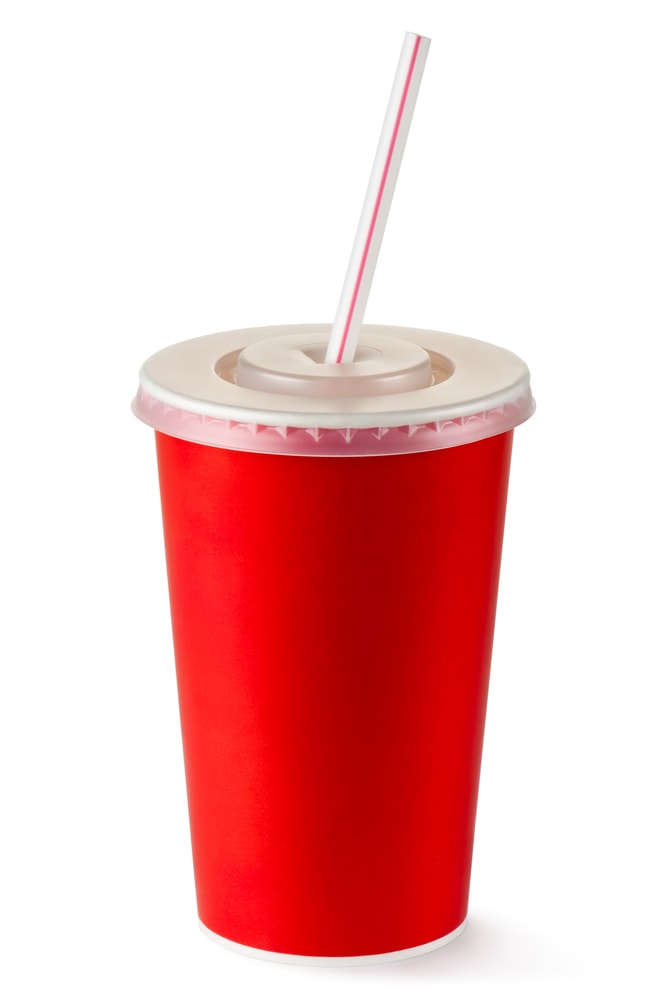 Soft drinks come in a number of varieties and are a popular choice for consumers. Although the health benefits of certain products are under debate, food producers must ensure that the beverage itself is safe. As part of the Hazard Analysis and Critical Control Point (HACCP) monitoring process in place within production facilities, awareness of microbial hazards is an important consideration in the industry.
Soft drinks come in a number of varieties and are a popular choice for consumers. Although the health benefits of certain products are under debate, food producers must ensure that the beverage itself is safe. As part of the Hazard Analysis and Critical Control Point (HACCP) monitoring process in place within production facilities, awareness of microbial hazards is an important consideration in the industry.
Soft drinks encompass a variety of products, ranging from bottled water through syrups, fruit juices and nectars, to carbonated and sports/energy drinks. A new group, functional drinks, includes sports and energy drinks in addition to wellness and nutraceutical varieties that actively promote good health. Although the main ingredient in these many products is water, the micro–environment of each type varies and thus strategies for preventing microbial contamination differ with each one.
In a useful review article, Kregiel (2015) summarizes available scientific information and legislation pertinent to soft drinks manufacture1. In addition to focusing on ingredients and their impact on health safety for consumers, Kregiel also reviews factors important in the HACCP process that maintain microbial product hygiene.
Soft drinks are attractive micro-environments to many microorganisms including bacteria, molds and even viruses. As part of a producer’s duty of care to the consumer, there are several key points during HACCP monitoring where microbial contamination can be prevented.
Antimicrobials as additives
Ingredients added to the final product can help stabilize pH levels for example, thus reducing the potential for microbes to establish themselves. Maintaining a low pH can prevent most bacterial growth in soft drinks. Additives like preservatives stabilize the product and are used according to storage, pH and packaging conditions.
Used as additives, these ingredients directly eliminate microbes in the product. Some are naturally occurring, like benzoic acid in plums and cranberries, although producers need to be aware of cross-reactions. For example, benzoic acid can react with ascorbic acid to form benzene, a carcinogen.
As consumer preferences change, some producers are turning to the use of natural antimicrobials since these are seen as safer, more natural alternatives. Plant extracts, such as those found in the Rosaceae family and in certain essential oils rely on phenolics and terpenoids for their action.
Packaging
Producers also need to be aware that the type of packaging used also influences microbial stability. In addition to concerns regarding chemical leaching under certain conditions, plastic containers support higher numbers of microbes than glass since the surface absorbs nutrients necessary for biofilm maintenance.
Production Hygiene
Microbial spoilage usually happens first during production, with contamination from the raw ingredients, from the manufacturing equipment itself and from workers. Depending on the product in question, producers may tailor the workflow to eliminate contamination, using procedures such as pasteurization, cold aseptic filling, pH stabilization or cold storage. Microbial testing and monitoring is a vital part of the HACCP monitoring process to ensure environmental cleanliness, worker hygiene and product safety.
Incorporating regular testing with efficient, sensitive and robust assays makes sure that the refreshing soft drink leaving the manufacturer refreshes the consumer leaving nothing more than a pleasant taste in the mouth.
Cheers!
Learn more about microbiology testing for food safety and quality in our food and beverage community
Reference
1. Kregiel, D. (2015) “Review Article: Health Safety of Soft Drinks: Contents, Containers, and Microorganisms“, BioMed Research International Article ID 128697 http://dx.doi.org/10.1155/2015/128697






Leave a Reply